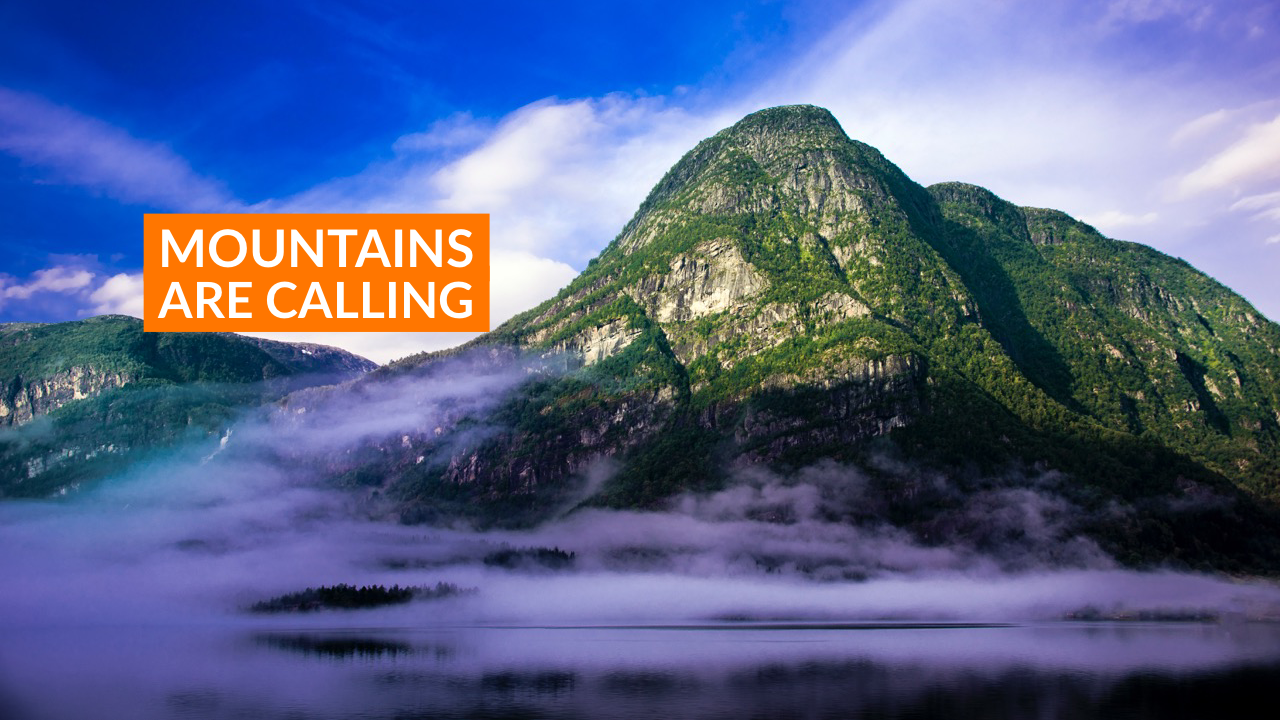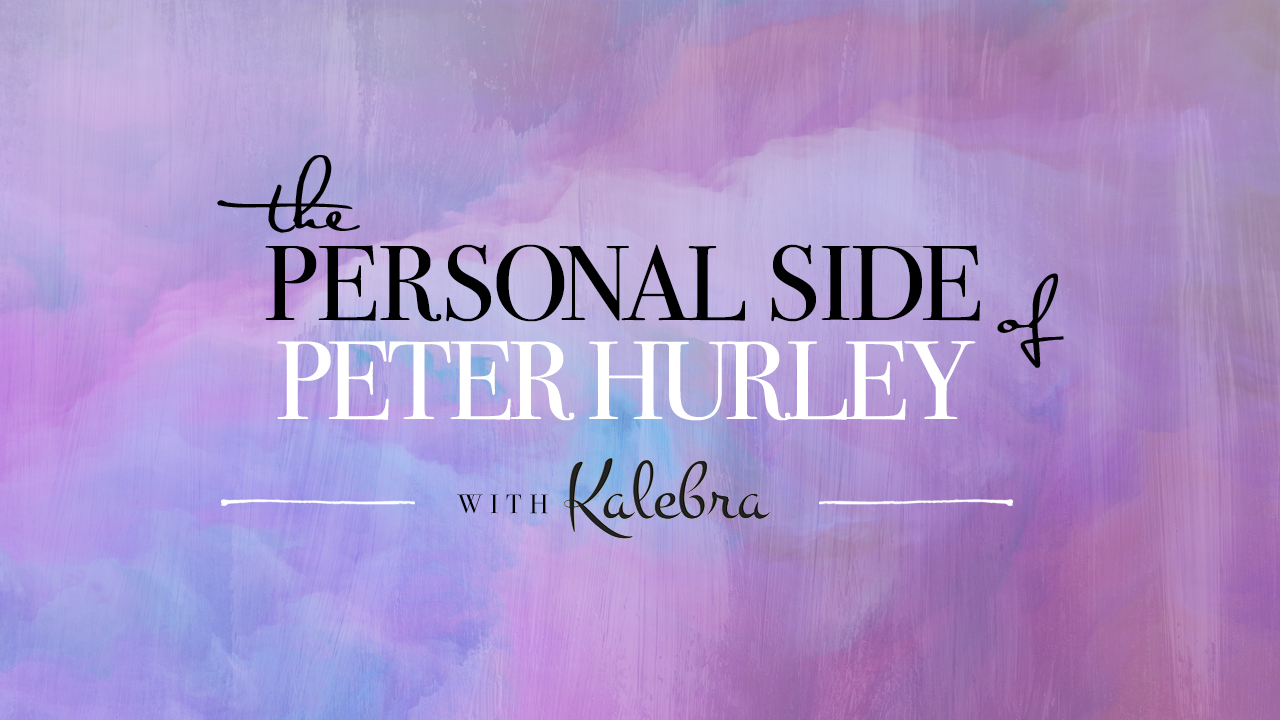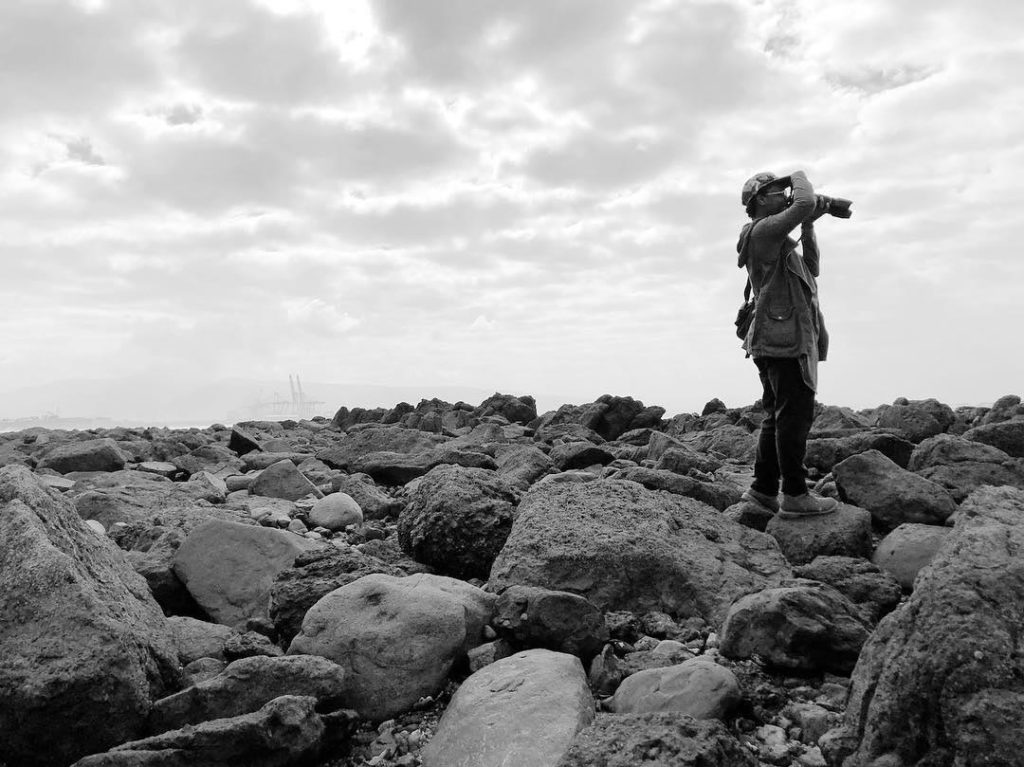
On Building Safe, Equitable and Inclusive Photography Sets
For about the last half decade, there’s been a lot of talk about diversity and inclusion in the photo industry, and primarily, these discussions tend to crop up after reported incidents of toxic workplace, sets, and individuals in our industry. I’ve found, as a Black photographer, these industry wide discussions don’t often enough turn into action that encourages the real life practice of building equitable, safe, and inclusive sets and workplaces, and that’s primarily because we all have to commit to doing the work of creating equity and safety while also setting an example for embracing inclusion.
One thing we seem to have difficulty understanding in these conversations about equity and inclusion is that diversity isn’t something we do. Diversity exists already in our society — human beings come in all colors, sizes, genders, sexualities, and abilities— but the real issue is the exclusion of folks who are marginalized in our society and, as such, in our industry as our workplaces often reflect the biases of the large society in which we work and are a part of.
Exclusion happens in a myriad of subtle ways that we have to consider when hiring for crew on projects, from newspaper assignments to large, commercial photo shoots: who typically has access to jobs, by way of arts institutions, family connections, and other pipelines in our industry that allow for the easy of exclusion of folks who may not have gone to prestigious art schools or programs, or who don’t have access to familial or other social connections in the larger photo industry? What about the folks who begin their careers later in life, without formal photographic training?
Once I was able to articulate this idea to my clients, it became clearer to them that inclusion was the goal we were after.
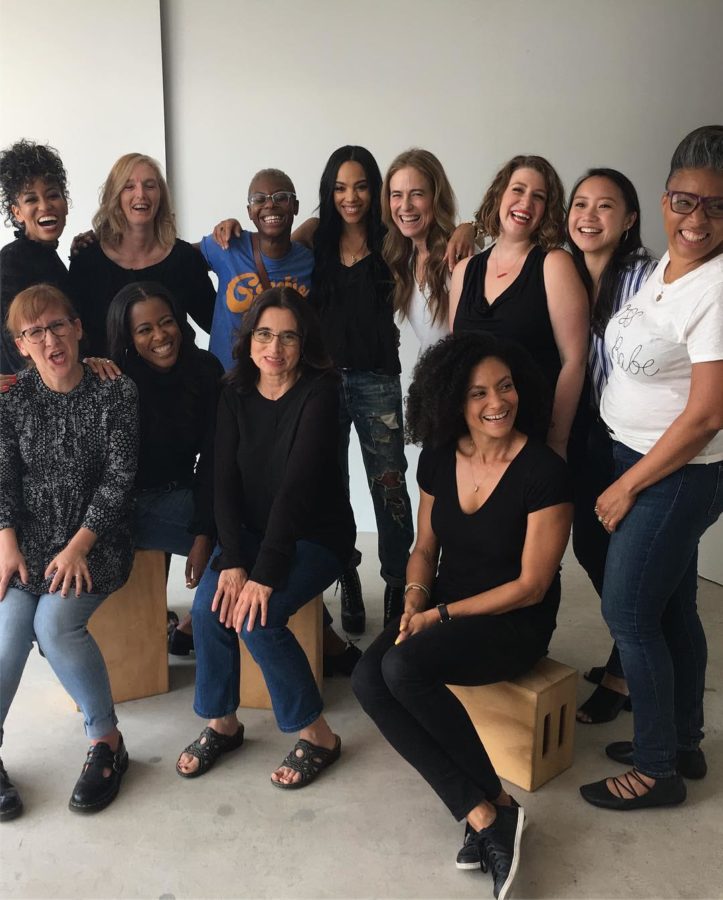
In my thirteen year long career, I have often always been the only Black person on set and that’s why inclusion is a priority in my larger photographic practice. It’s why I make it a priority for my clients when approached for assignments and commercial bids. The primary challenge of being The Only One is that the idea reinforces stubborn and incorrect ideas that there are not enough talented Black photographers— or other photographers of color, or women, or queer or trans folk, or differently abled photographers— to hire for photo jobs.
This also means that my work is regularly devalued and overlooked.
These sorts of hurdles are reinforced by systematic inequality and racism in our larger society, which makes it increasingly difficult to build the sort of career many of my white colleagues can often take for granted. When opportunities and resources are limited, it means career choices and trajectories are equally limited.
I decided since I understood very clearly and personally the challenges of being The Only One, I would find ways to build equity and champion inclusion while also building my career: I would hire as inclusively as possible for every single one of my commercial jobs.

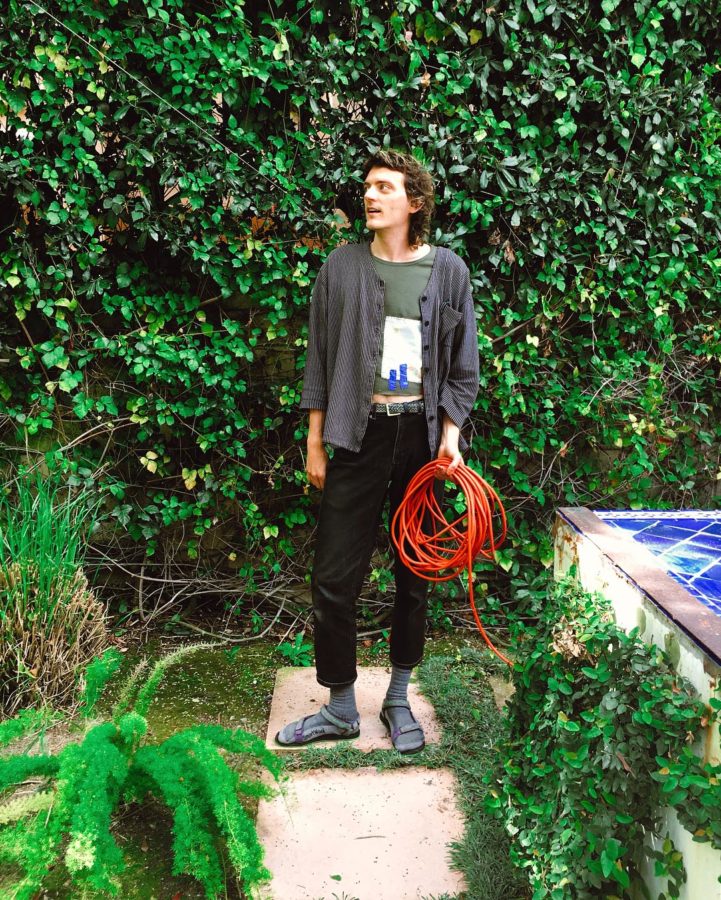
I knew I had to begin to fashion the environments I wanted to see and be a part of. I wanted to show clients, in real time, what it looked like working on inclusive sets, and show them that the quality of the work didn’t suffer because everyone was given a seat at their tables. Slowly but surely, when bids and commissions came my way, clients often mentioned hearing about these inclusive sets, how the atmosphere of collaborative team work was so impactful on morale and overall final product, that they wanted to experience it for themselves.
As a photographer, I seek out safe, equitable and inclusive sets when I am considering commissions and bids. I need access to these working spaces so I am able to produce the quality of work my clients expect from me and the primaries concern for creating good work, is feeling safe, respected, and trusted while I’m at work. I was very lucky to have been granted this working space, after years of experience toxicity and abuse on set, while photographing two cookbook last year.
In the age of COVID, it is imperative that I am working with people who believe in their sacred duty to keep their fellow human beings safe. That comes with acknowledging that I am a human being as much as you are a human being — the “difference” of race or gender or sexuality or ethnicity or ability does not negate my humanity, or yours. Once that basic understanding of shared humanity is established, we can then more easily extend basic respect and decency to one another.
Both teams for both cookbooks followed COVID protocol strictly, and I felt that my safety was not only considered, but that my crew mates wanted to keep me safe. This allowed me to travel to Saigon and Phu Quoc, Vietnam last March, before lockdowns, to photograph the family cookbook for Red Boat Fish Sauce.

During lockdown, we were able to complete the book, outdoors with a crew that was inclusive of people of color, with a majority of our team being women and queer.
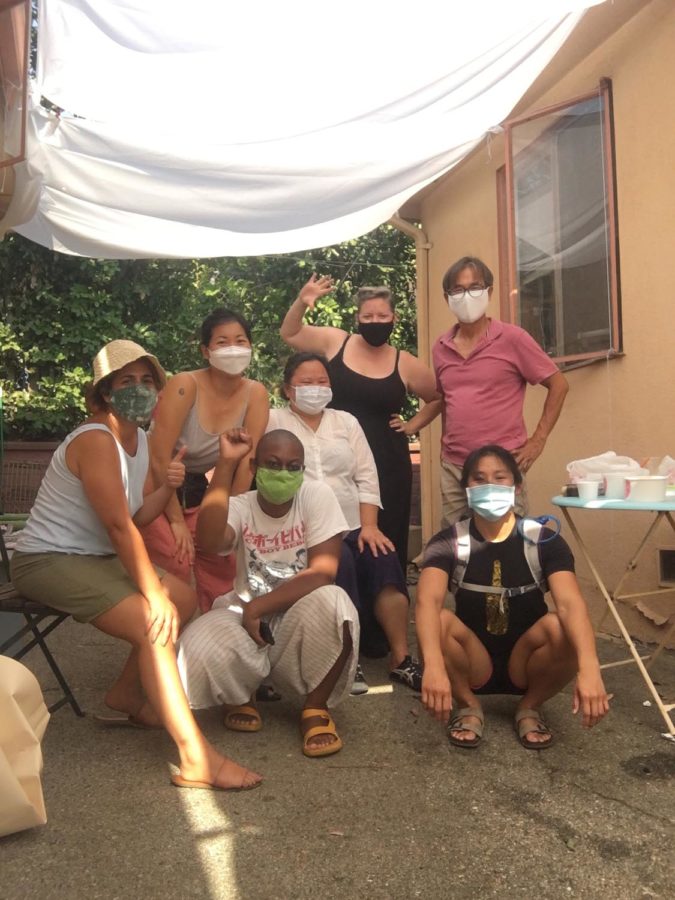
A few months later, during a significant COVID surge in California, I traveled to Berkeley to photograph Chef Bryant Terry’s upcoming cookbook, Black Food. It was the first time I worked with a Black art director — a fifteen year veteran in publishing — and our team covered multiple genders, with a majority of the team being Black, a first (to my knowledge) for a modern cookbook team.

Because of COVID restrictions, I was unable to photograph with a digital tech and lighting tech, which meant I had additional hats to juggle, and thankfully, the team was so collaborative and supportive, everyone lended a hand, including our prop stylist who has a background in studio photography, and our incredible production assistant who lended a hand to myself, the prop and food stylists!

These sorts of experiences, especially for young and new photographers, are formative.
These experiences of support, of being welcomed, of being trusted as a capable and talented, help build the confidence necessary for long, fruitful and lasting careers. Toxic, abusive, and exclusionary experiences on set for young and new photographers can cause excessive stress, doubt, and lack of confidence that can ultimately be so detrimental, we lose talent before they have an opportunity to really see what they are capable of contributing to our industry.
This is what I am personally working to combat as I’ve experienced it myself and as such, I have been committed to establishing safe, equitable and inclusive sets over the last six years of my career so as to end exclusionary practices that make it difficult for marginalized photographer to build robust careers in the photo industry.
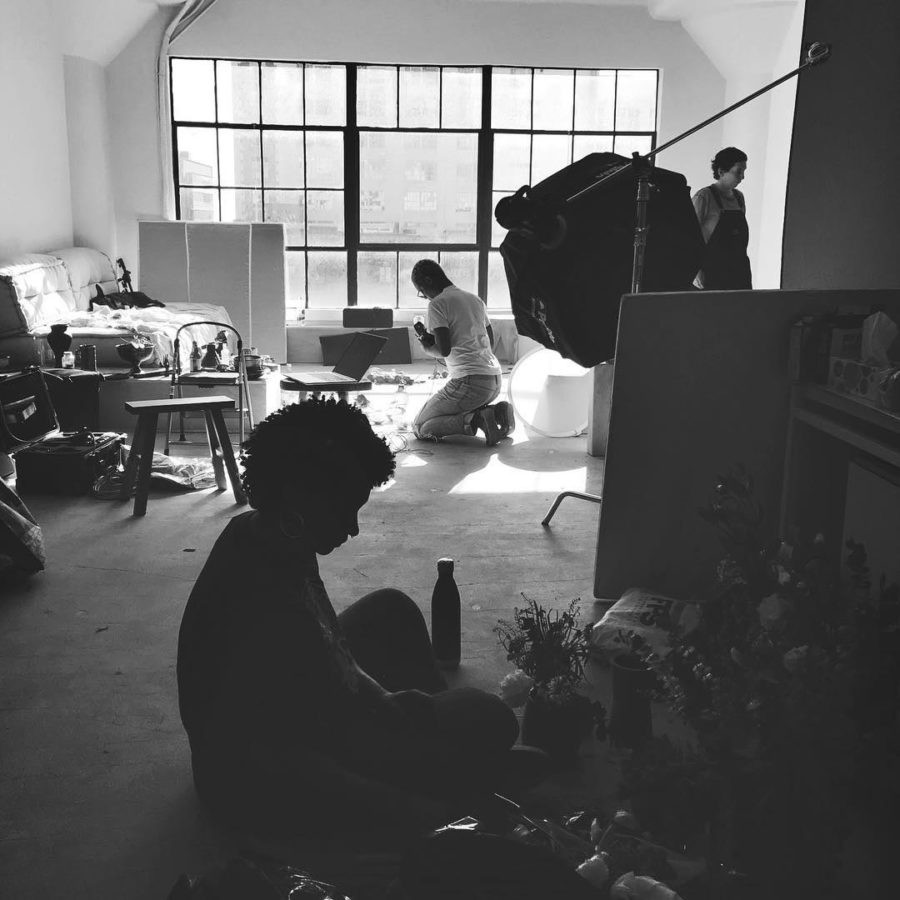
Since the Summer workplace upheavals of 2020 in the wake of police murders of our numerous Black community members, I’m glad to see a renewed, and perhaps, more nuanced commitment to creating equity in the photographic industry.
We take for granted the idea that decent, respectful, humanizing behavior towards marginalized folks in our workspaces helps to build a large environment of respect in our society that can help reduce the harm people like me have to navigate on a regular basis.
If you’re a white photographer or non-Black photographer of color interested in establishing safe, equitable and inclusive hiring practices for your sets, here are a few guidelines I’ve practiced over the last six years that have helped me to achieve safe sets for everyone.
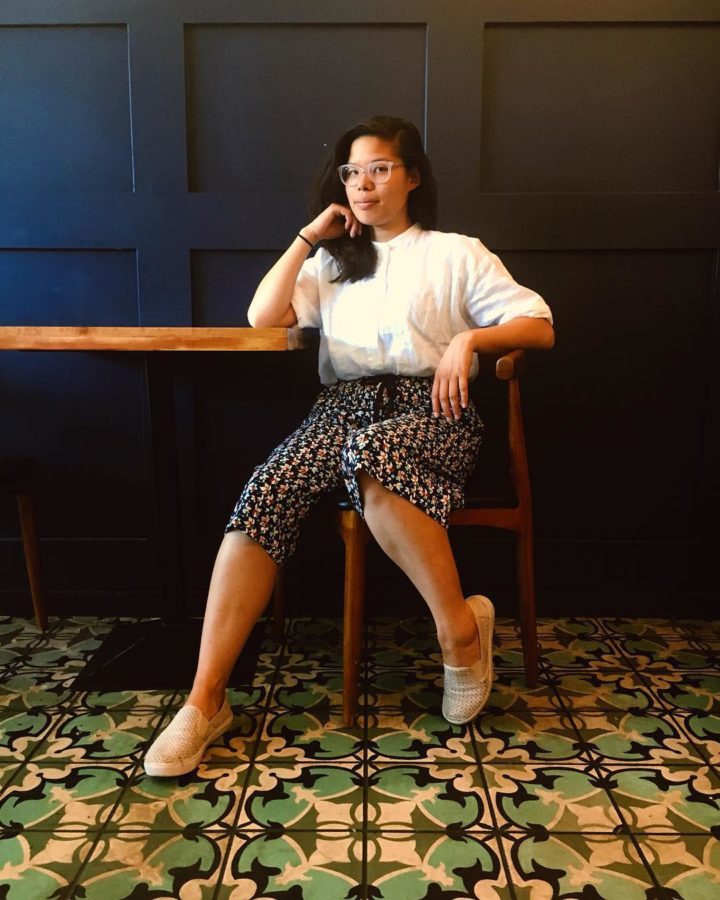
Inclusion isn’t a quota game/numbers game. It’s a lifelong practice.
If you want to be inclusive, you have to know that it’s a practice. A practice is defined as a habitual performance. In the same way we strengthen our practice as photographers through consistent education, a practice of inclusion is also strengthened through self education. Unlearning phobias and biases is very hard work and can often be painful to one’s ego. No one wants to believe they have the capacity to harbor hate and harm against their fellow human beings, but we all do and, as such, we must all be accountable for stopping the perpetuation of phobias and biases.
While you’re doing the hard work of educating yourself, think about how you can include marginalize people in a holistic and healthy way (this means being mindful of exploiting and devaluing people of color), into your larger photographic practice — when was the last time you took a photographer of color out for lunch to see if you could offer any resources or tools to help their practice and business grow? When was the last time you mentored a young or new photographer of color? When was the last time you hired a photographer of color as support crew to help them gain new skills and experiences? How often do you hire women for support crew jobs? What about recent college graduates who need experience to build their skills and resume? Or new photographers who don’t have college resources and support to rely on?
If you have a list of crew that you call often for jobs, commit to creating a short list of photographers inclusive race, gender, sexuality and ability, to hire for the next six months.

Leave your ego at the door.
Our industry, like many industries, is often too enticed with the idea of celebrity, prestige and legacy. A long career doesn’t mean expecting deference to the point of abuse and mistreatment. Keep in mind, we are all humans engaged in creative work and that we all deserve to be met with basic dignity and respect at work. It’s what we owe each other. When we leave our egos at the door before coming on to set, we are being mindful that everyone is helping to contribute to our success — longevity in this industry is the product of having support, from support teams on set, to agents and studio managers who help us to manage the day to day work that allows us to pick up our cameras and focus on making the work. We are held up not only by our assistants and producers and agents, but also by our sitters, our clients, our former and current mentors.
Being a photographer is village work — it takes multiple hands and multiple sources of expertise for us to produce brilliant work. If we can remember we are not going to work to be revered or put on a pedestal but to collaborate with others to make impactful work, then we are training our egos to to acknowledge we are not the most important person on set, but one of many important people on set.
No one crew member is more important than the other.
Having worked two jobs this year where I had to be my own built in support staff, I am recognizing in newer way the importance of treating every crew member with respect for their individual talents because without those talents, my job becomes harder and in some cases, impossible to do. No one person on set is more important than the other, from a production assistant, right up to a client liaison, everyone has a role to play in the success of good shoot. Every little bit counts and everyone’s little bit should be acknowledged as impactful on the final product. People work better together when everyone is treated with equal respect and dignity.
We all got hired together for a reason, make sure to acknowledge that to your crew on set.
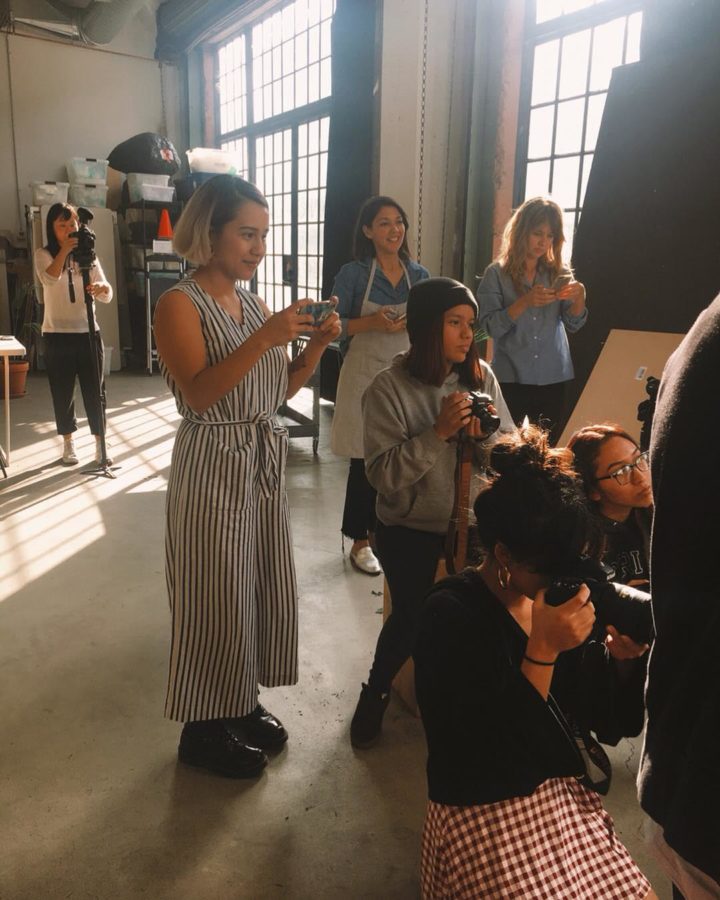
Collaborative team work makes the dream work!
The sum of a team is it’s total strength so it’s important to show up for one another so everyone feels capable and trusted at work. It’s also challenging to work in groups, navigating varying opinions and styles of working. I’ve established check ins, at the opening of my shoots, to get a gauge on what my crew members need so we can figure out collectively how we can support everyone to ensure they are able to do their best work. I also establish an environment of learning as we go, because I am often hiring new and young photographers as assistants or other support crew, so I encourage everyone to not only ask questions but to know they will receive support if they are unfamiliar with certain protocols on set. Extending grace to those around you is imperative to working collaboratively and being open to (and extending) considerate and helpful suggestion helps everyone to feel like they will be supported through tough and challenging days on set that are bound to come up.
Ask yourself and your team while on set, how can we show up for each other so everyone feels excellent at all points in their work?
Be an advocate, not just an ally.
As a photographer on set, if there isn’t a producer present, we are often seen as the lead for whatever projects we are on set for. Being a leader has often been conflated with being stern, difficult to communicate with/to, and aloof, but a good leader knows the way they can best benefit their team and, as such their client, is to be a good advocate for everyone around them. Advocates are strong listeners who look for and provide solutions that are fair to everyone involved. Advocates are problem solvers, not chaos makers. And advocates are not fearful of maintaining strong boundaries that ensure the safety and dignity of their support crews on set. Advocates set an example for how their crews are to be treated, which means they are not timid or passive in supporting the most marginalized members of their crew.
Allyship is passive, so be an active advocate for inclusion for your support crew on set. One way of doing this is creating a code of conduct that everyone on set agrees to abide by that clearly states what behavior will not be tolerated on set and what consequences will look like if abusive behavior occurs on set. All support crew and client present on set should review and sign this code of conduct. You can see my code of conduct here for some inspiration!
Hire and mentor new talent.
New and young photographers deserve opportunities that allow them to build and to strengthening their skill and careers. Keep in mind, also, that new photographers are not always young, there are many people who become photographers later in life, for a myriad of reasons, and they deserve support when entering the industry, as well. It’s up to us as photographers to stop creating excuses and ceilings that keep out new talent, who are often BIPOC and can often be older or further along in their careers. I’ve created a habit of hiring new and young photographers as assistants on newspaper assignments where I need someone to do something as simple as holding a reflector, so there are increased opportunities for them to see and experience the job first hand while being paid for their time and efforts. After assisting me on a few newspaper jobs, I often hire these assistants on smaller set jobs for social media and after about a year of working together, I hire them on as support crew on bigger commercial projects and sets. It’s important to me that clients see them on set as capable and hirable, and it’s equally important to me that I’m paying it forward to other photographers whose experience I am not so far removed from.
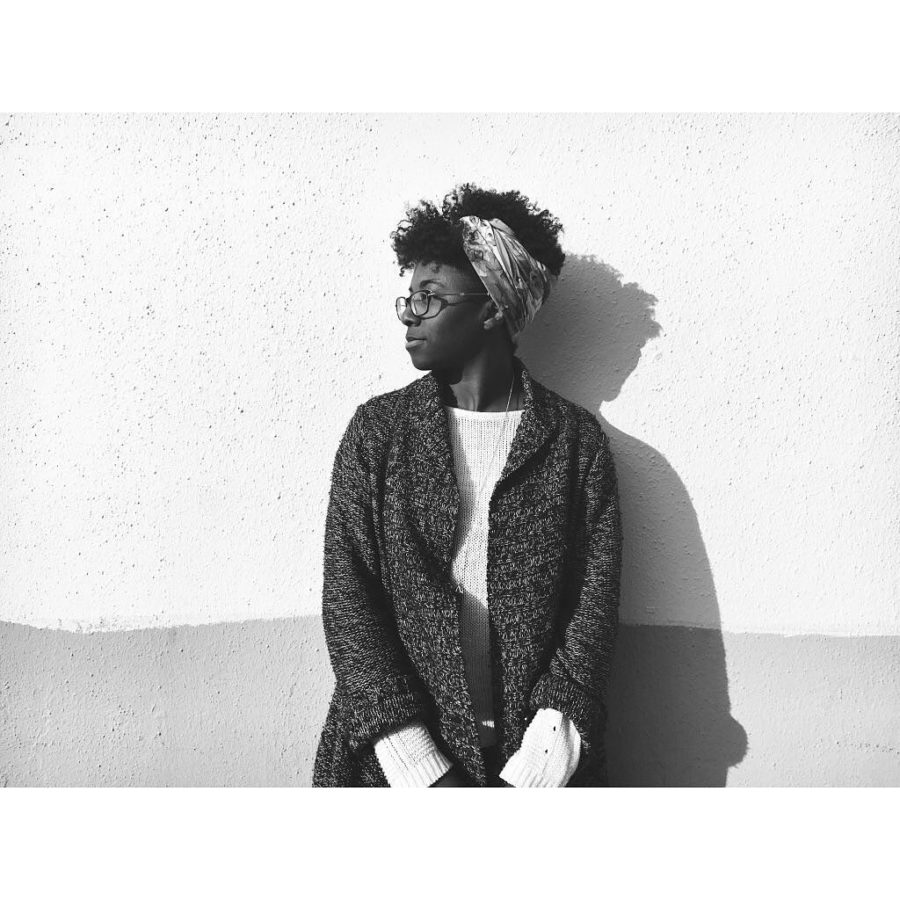
Have an attitude of mentorship.
Think about ways in which you can build deep, impactful relationships with diverse groups of photographers that establishes a spirit and practice of sharing information, expertise, and resources. Resources are not as limited as we are made to believe they are and you’ll be surprised how much humility and grace you learn when building relationships with new and young photographers. Be mindful, again, not to exploit or devalue photographers of color and other marginalized photographer — the experiences of people in your care will get talked about and you don’t want to be building a reputation as an abusive or exploitive figure in our industry.
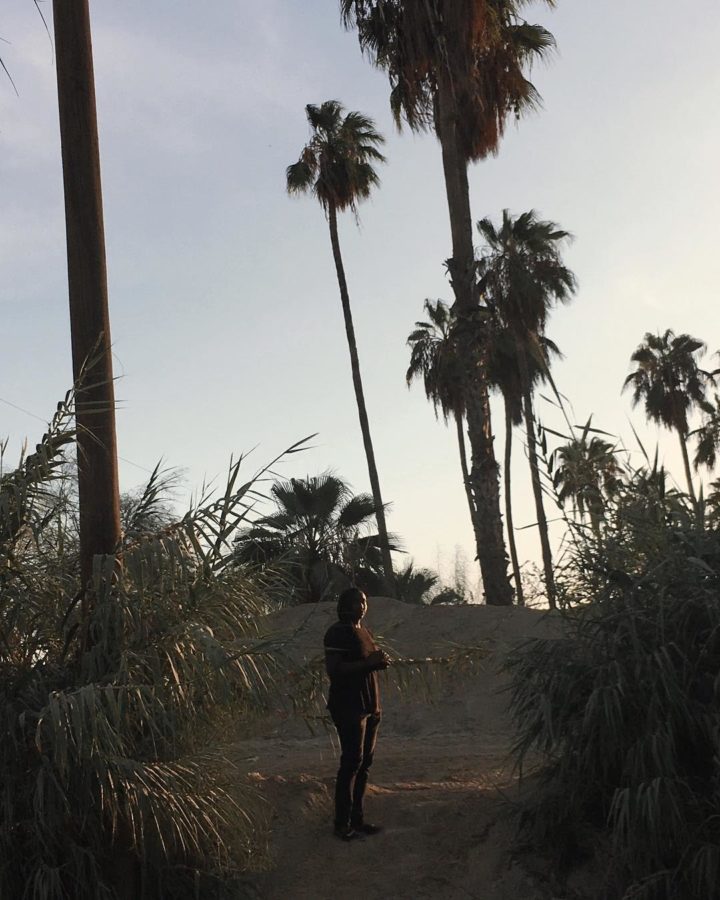
I hope you find some of these tools, suggestions, and tips inspiring on your journey towards helping to build a safe, equitable, and inclusive industry we can all enjoy and benefit from!
You can see more of Oriana’s photography work at OrianaKoren.com. Consider hiring some photographers from the Lit List, a new photo award founded by Oriana in partnership with the Authority Collective, at TheLitList.format.com, and AuthorityCollective.org. If you are looking for more ways and resources to aid in building an equitable and inclusive industry for all, check out and sign the Photo Bill of Rights I co-wrote with an incredible group of photographers across genres and practices in the industry, PhotoBillOfRights.com.



